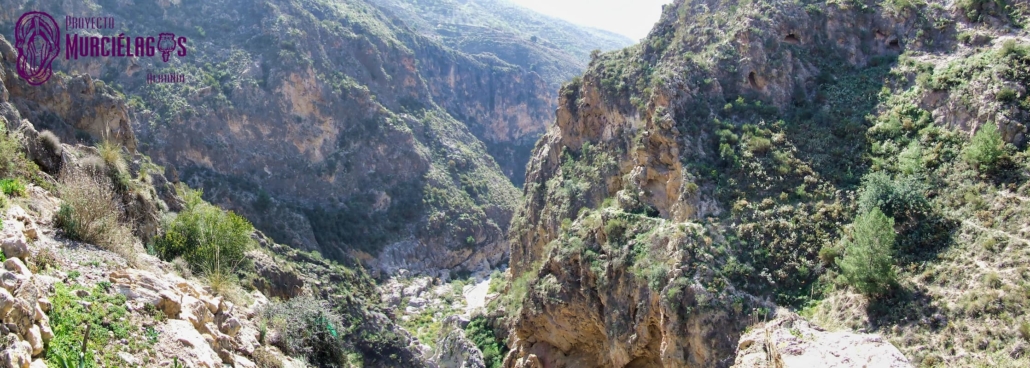Los Murciélagos in Albuñol is one of the most emblematic prehistoric archaeological sites on the Iberian Peninsula, not only because it represents a milestone in the history of archaeological scholarship, but also because of its rich record of remarkably well-preserved organic materials from the Neolithic.
The origins of this project date back to circa 1831, in a hard-to-reach cave on the right bank of a narrow ravine in Albuñol, a village on the coast of Granada. Juan Martín, who owned land nearby, entered the cave and found an enormous cavern filled with bat guano. He carted away the rich fertiliser for his fields, and once the chamber had been emptied it was used as a livestock shelter for several years. After a vein of galena was identified, a mining company began working in the cave in 1857. When blocks were removed to reach the ore, the miners discovered an inner cavern containing several partially mummified corpses and the archaeological remains that would make this site so unique and renowned.
The scientific community was first introduced to the cave in 1868, when it was published in the classic work Antigüedades prehistóricas de Andalucía by Manuel de Góngora y Martínez. This volume recorded the materials in the cave and the oral testimony obtained from miners and looters of that period.
Due to the nature of Góngora’s data collection and its exceptional material record, the cave has been at the centre of numerous controversial debates over the years. The authenticity of its timeline was criticised by many scholars, particularly Manuel Gómez Moreno.
Doubts about the authenticity of the cave’s materials were not settled until the 1970s, when the first reliable dates were obtained by applying the carbon-14 method to a sample of esparto grass and another of wood.
Bibliography
GÓNGORA, M. de (1868): Antigüedades Prehistóricas de Andalucía. Madrid.
LÓPEZ, P. (1980): Estudio de la cerámica, industria ósea y lítica de la Cueva de los Murciélagos de Albuñol (Granada). Trabajos de Prehistoria 37: 164-180.
Localisation














